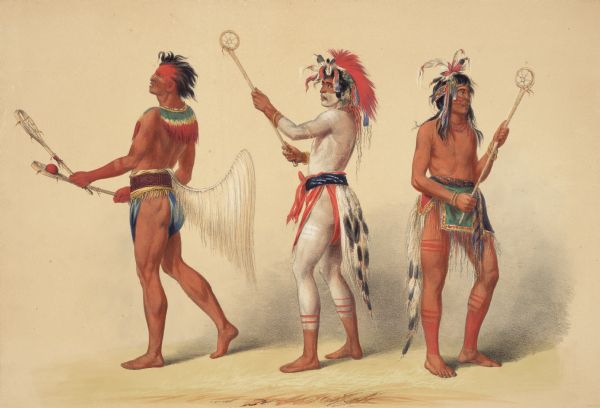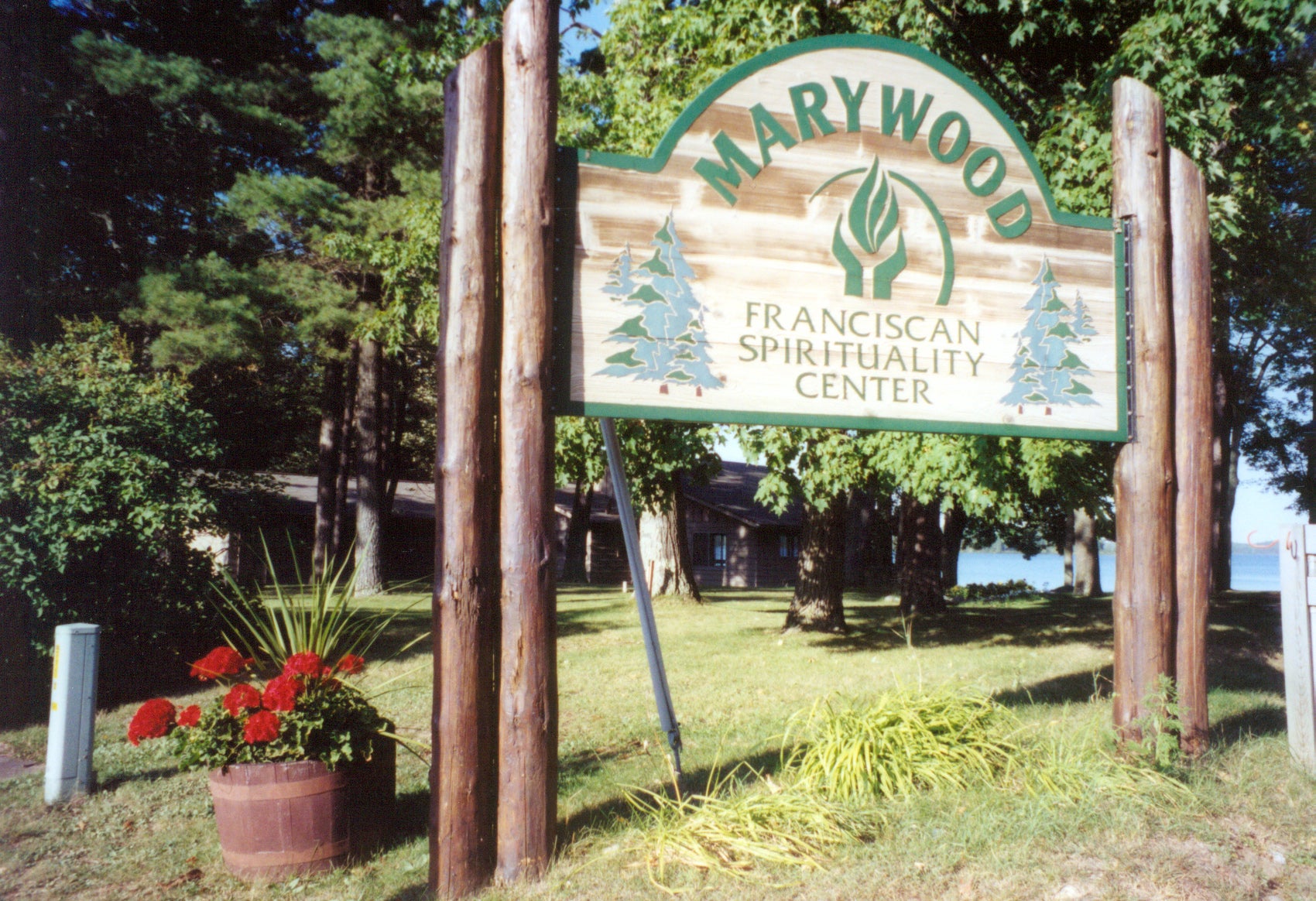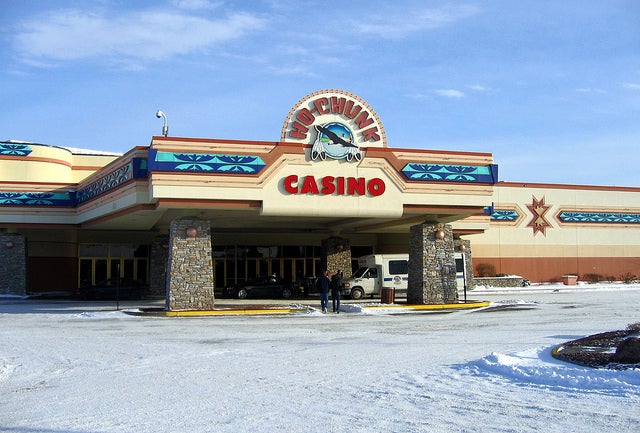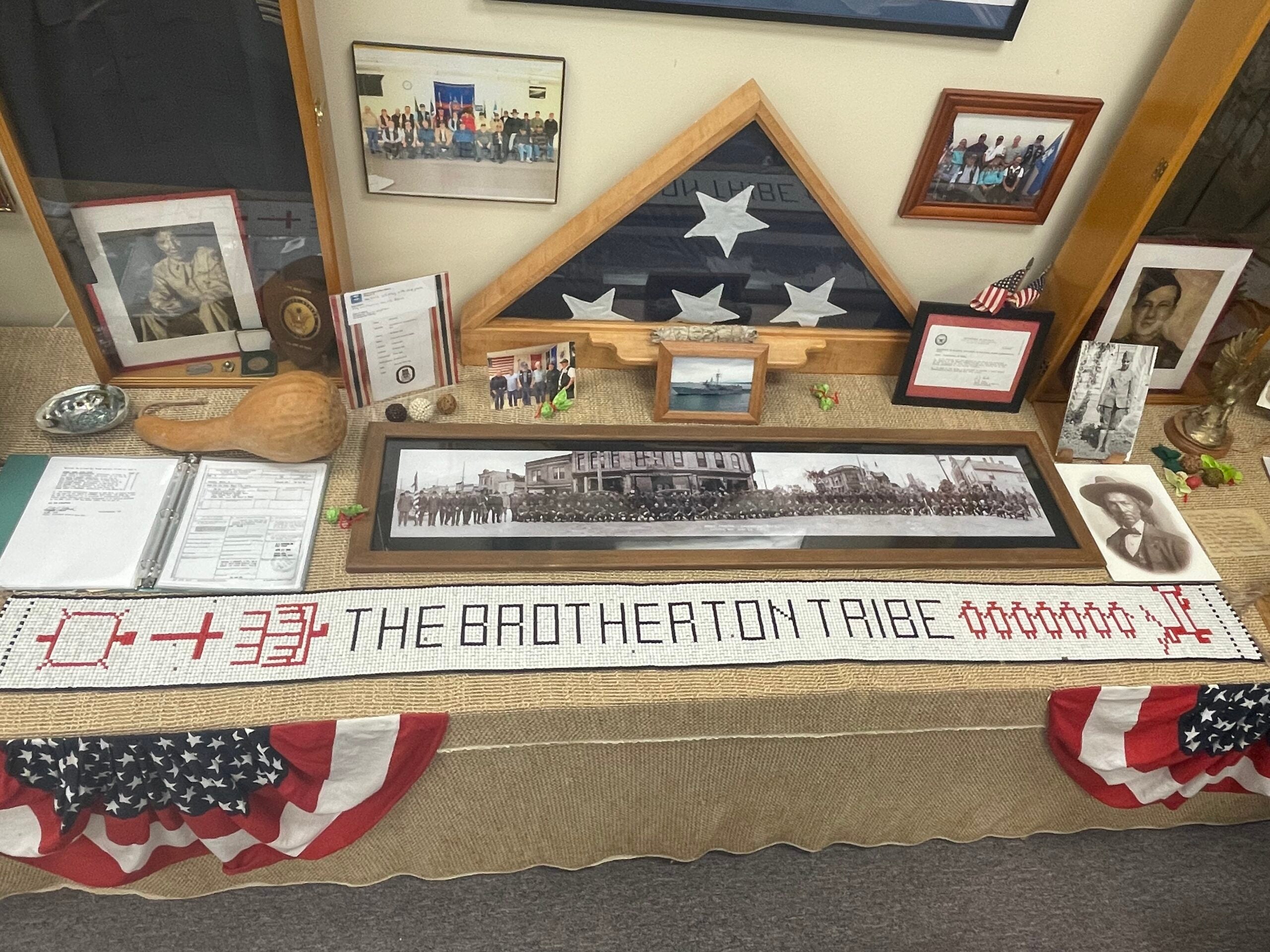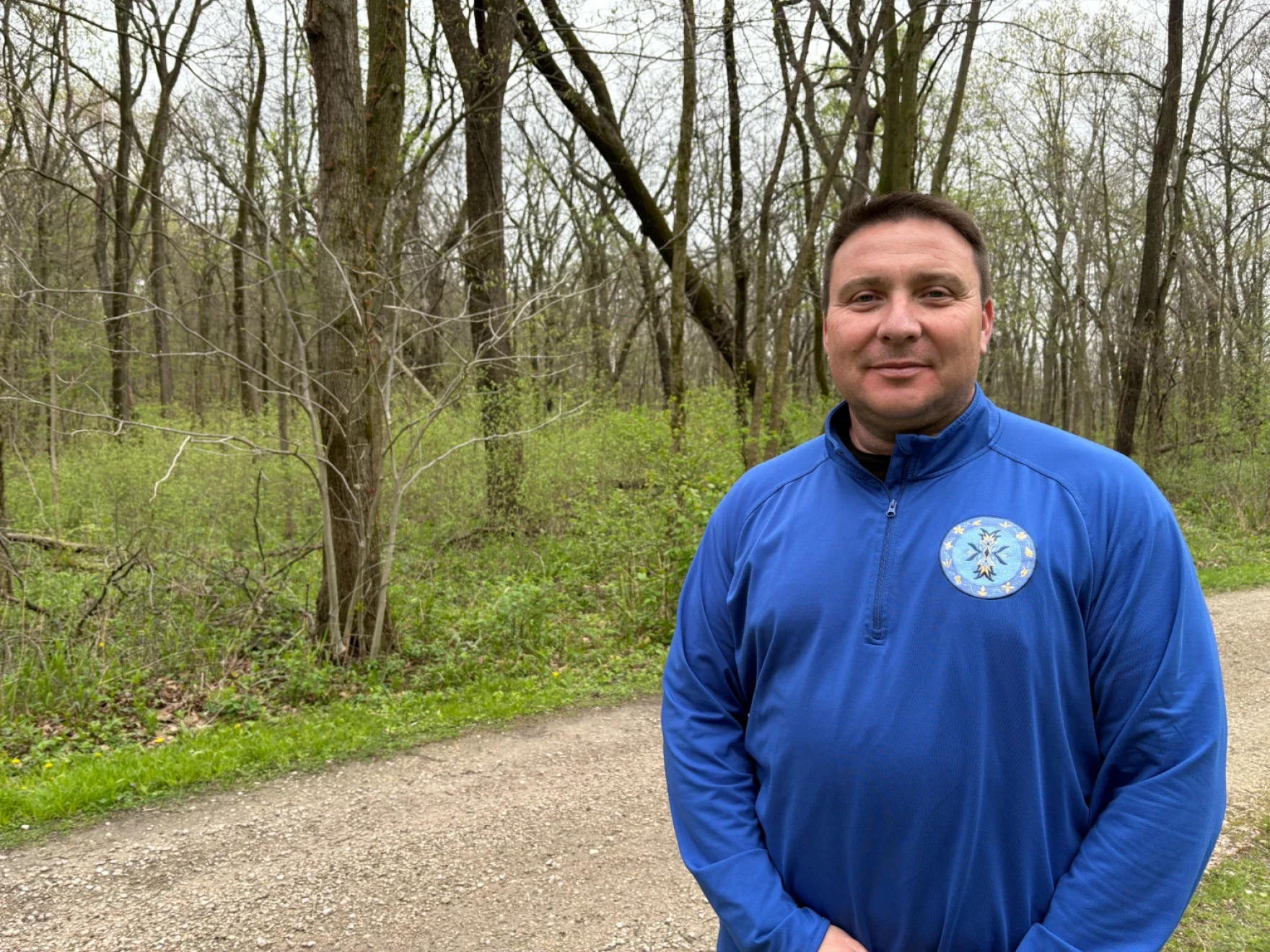Painter George Catlin was born the week of July 26 in 1796.
Though he wasn’t born in Wisconsin, he spent a substantial amount of time here visiting with the Ojibwe and documenting their lives in portraits and paintings.
He was the first accomplished painter to travel beyond the Mississippi Rivver and his ambition led to several hundred works of art.
News with a little more humanity
WPR’s “Wisconsin Today” newsletter keeps you connected to the state you love without feeling overwhelmed. No paywall. No agenda. No corporate filter.
“If my life be spared, nothing shall stop me from visiting every nation of Indians on the Continent of North America,” Catlin once said.
Catlin’s fascination with American Indians began in his childhood. One of 14 children, Catlin’s mother had been captured by the Iroquois as a girl, and he’d heard stories and encountered Native Americans near his home in New York.
Despite an interest and talent for drawing, Catlin went into law and set up practice in 1820 near Wilkes-Barre, Pennsylvania. He didn’t stop sketching, though, and eventually moved to Philadelphia to try to make it as an artist.
A visit to the city by a delegation of American Indians headed to Washington, D.C. led Catlin to seek out more American Indians to capture in his art. Part of his motivation was his concern about the decimation of native communities by alcohol and disease.
“Black and blue cloth, and civilization are destined not only to veil but to obliterate the grace and beauty of nature,” he wrote.
Catlin made his first trip west in 1830, securing a meeting with General William Clark of the famed Lewis and Clark expedition. Clark took him on a tour of the Mississippi River region, traveling some 400 miles so Catlin could paint the chiefs of several tribes who had gathered at Fort Crawford in Prairie du Chien.
For the next six years, Catlin remained largely in the west. He’d married and seemed torn between his great love for his wife and eventual family, and his passion for painting. Catlin painted 300 portraits of members of 48 tribes as well as 175 landscapes. He also collected artifacts and clothing.
Returning east in 1837, Catlin opened the first exhibition of his work. He relentlessly promoted his work, and despite earning praise from Europe and hosting successful exhibitions, Catlin was in near constant financial straits. In 1852, he ended up in a London debtors’ prison for a time.
Catlin’s championing of American Indians was unusual for his time. He criticized the government for their treatment of the tribes.
But his work is also controversial. Some saw Catlin as exploiting the people he painted, particularly as he drove himself nearly to ruin by trying to sell their images. Others simply didn’t see them as very good art.
Reactions to Catlin among his subjects varied from tribe to tribe. Some were happy to be painted while others, such as the Sioux, believed nothing good would come to those who posed for portraits. He also provoked their ire by visiting a sacred site in Minnesota. Overall, Catlin maintained good relations with his hosts, though.
Catlin believed his work was vitally important and worried what would happen to his collection after his death. His work eventually ended up in the Smithsonian.
Wisconsin Public Radio, © Copyright 2026, Board of Regents of the University of Wisconsin System and Wisconsin Educational Communications Board.
